‘Tragic, self-invented heroines’: the enduring obsession with Truman Capote’s Swans
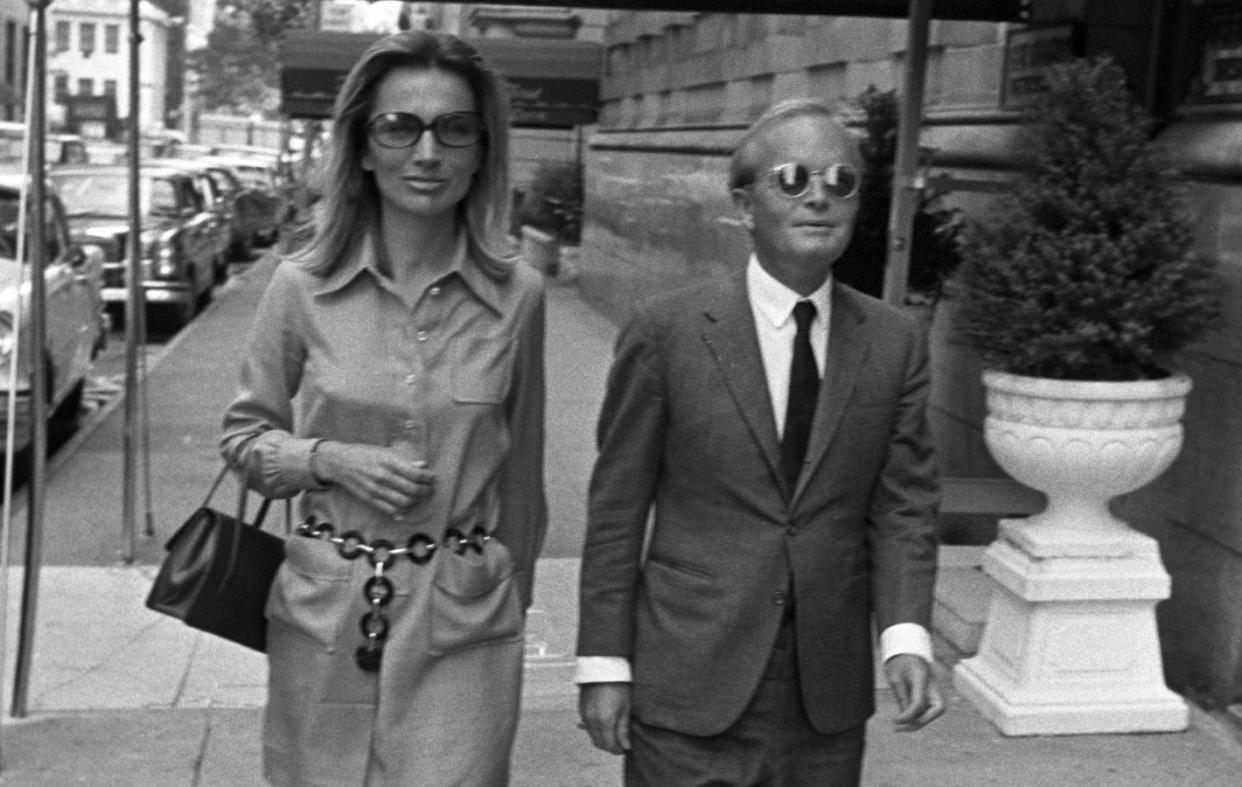
- Oops!Something went wrong.Please try again later.
- Oops!Something went wrong.Please try again later.
- Oops!Something went wrong.Please try again later.
- Oops!Something went wrong.Please try again later.
An enduring legend about the Sixties socialite Babe Paley notes how she unwittingly kickstarted a trend for accessorising handbags with scarves. It was a warm day in New York, and on her way to the fashionable La Grenouille restaurant between Madison and Fifth Avenue, she removed her silk scarf, casually tying it in a knot around the strap of her bag. Snapped by the paparazzi, the image landed in newspapers the next day, and a certain type of woman started imitating the look immediately. You could say she was one of the original influencers.
The wife of CBS television founder William S Paley, Babe was perhaps the most well-known of the writer Truman Capote’s flock of so-called “Swans”, a group of wealthy, stylish women who had married well and dressed even better. His ultimate betrayal of them – by immortalising their darkest secrets in a thinly veiled attempt at fiction, Answered Prayers, which was published posthumously in 1986 – is now the subject of Ryan Murphy’s second Feud series, the first of which focused on the rivalry between actresses Joan Crawford and Bette Davis.
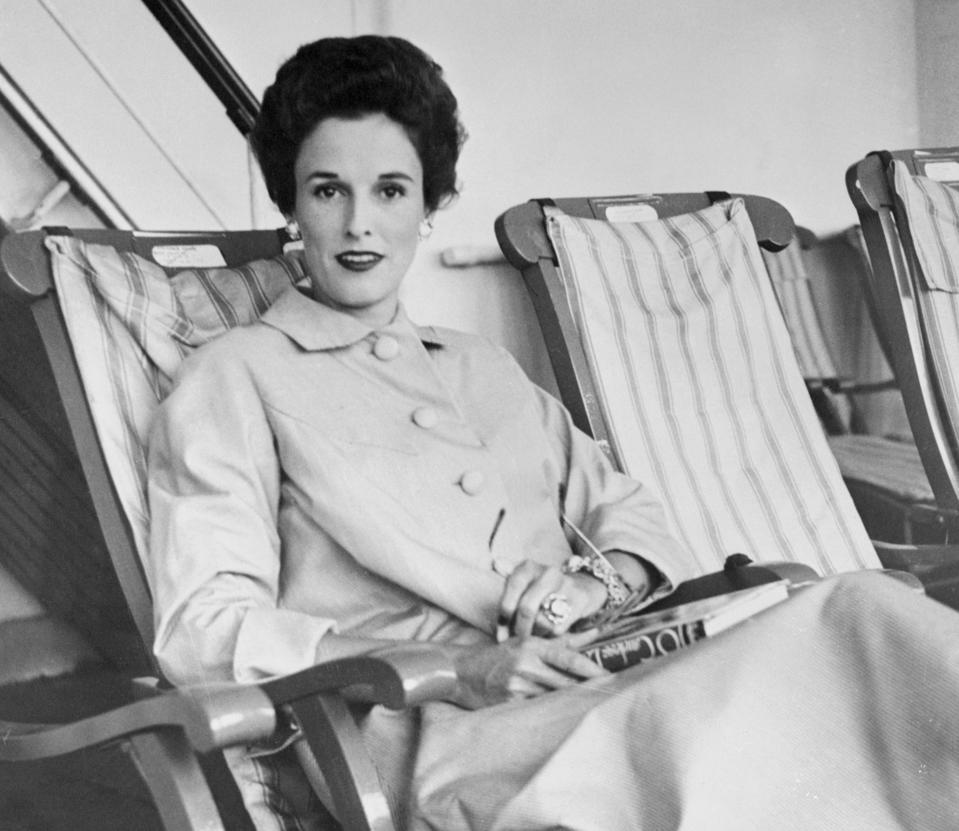
Another of the Swans who was born into New York’s high society was Lee Radziwill, the younger sister of former first lady Jackie Kennedy. For those who knew both women, it was Lee who was always considered the most naturally chic, despite Jackie being a worldwide style icon. Famously competitive, she one-upped her older sibling by marrying a Polish prince, becoming Princess Lee Radziwill for a time, which led Capote to nickname her “Princess Dear” in a nod to her regal airs.
And while Paley, who is played by Naomi Watts, and Radziwill (Calista Flockhart) were born to the role, some of the other Swans had slightly more interesting and convoluted routes to the upper echelons. Take Paley’s fashion rival, Gloria Guinness.
Born in Mexico, she capitalised on her exquisite beauty with a talent for marrying up, eventually landing on a scion of the Guinness brewing dynasty, via an Egyptian royal and a German aristocrat. She was perhaps the most obviously fabulous of the Swans, dressing in head-to-toe couture from Balenciaga, Schiaparelli and Givenchy, and always vying to be seen as the most stylish. Indeed, she once invited Paley for a trip on the luxury Guinness yacht, telling her the dress code was casual, when she actually planned extravagant dinners and dressed herself in all of her finery.
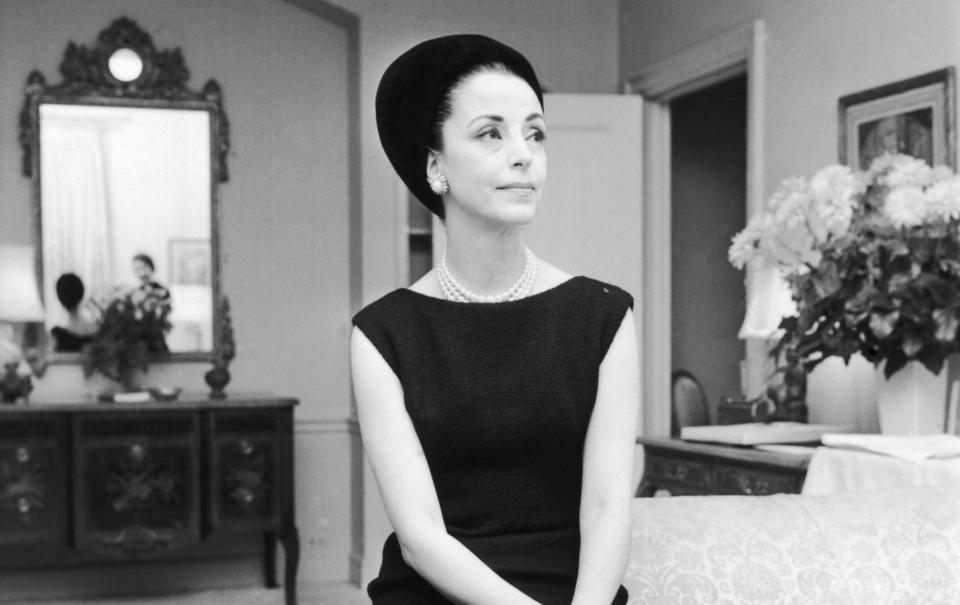
If Paley represented old money New York, Gloria was Palm Beach excess, and Slim Keith, Paley’s closest confidante, who is played by Diane Lane in Feud, was the original California “It” girl. A Hollywood socialite of the 1930s, she moved in the same circles as Ernest Hemingway, Cary Grant and Clark Gable, and waved off the latter when he went to Europe in 1947 (her husband-to-be was reportedly furious at a postcard Gable sent saying that Slim had been “wonderful” to him). After marriages to film director Howard Hawks and Hollywood agent Leland Hayward, she wed the British banker Baron Keith of Castleacre, becoming Lady Keith. Her style was West Coast cool, with a penchant for crisp tailoring that emphasised her long, lean silhouette.
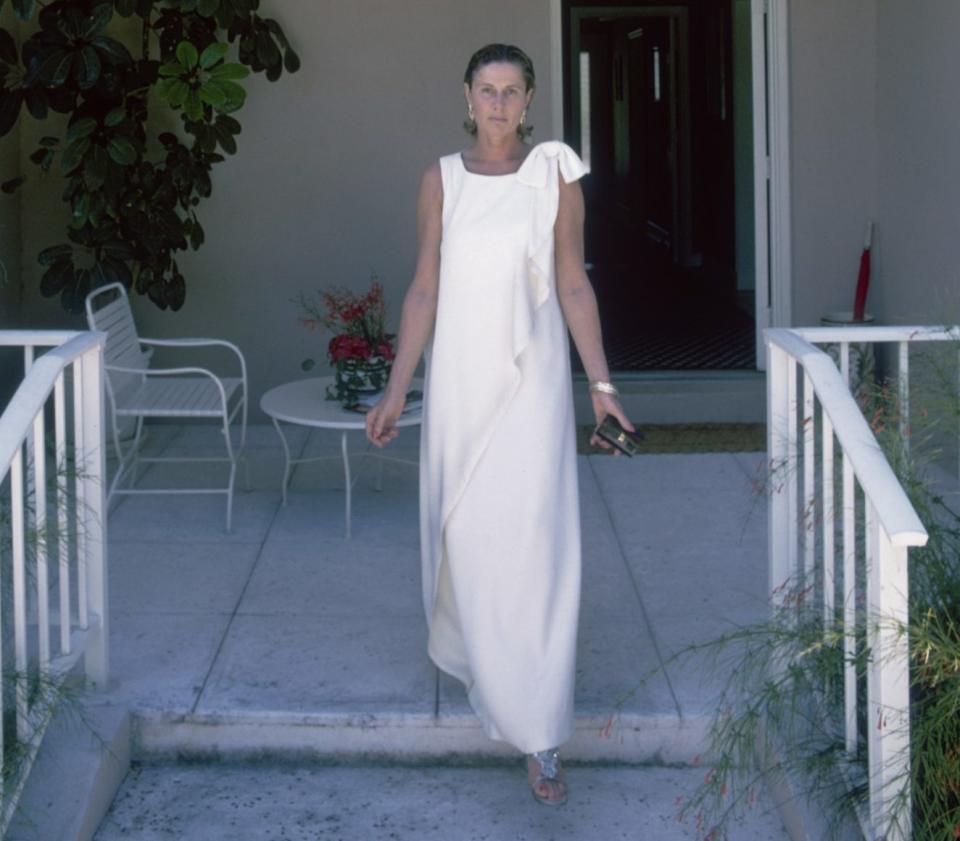
Lending some European glamour to proceedings was the impossibly fabulous Mariella Agnelli, the daughter of a Neapolitan aristocrat, whose long, elegant neck was positively swan-like in and of itself. An aesthete, she dabbled in everything from photography to interior design, and had an incredible art collection. “She was always very elegant,” remembers her granddaughter, Anna de Pahlen. “She knew how to work with lines and colours, and she had a gift for accessorising, always wearing great jewellery. I always remember her incredible necklaces.” A fan of cashmere in the day while tending to her beloved gardens, she would up the glamour for the evening, but was never tacky, “something we are perhaps losing with this generation,” notes de Pahlen. “She had a very wholesome, healthy lifestyle,” de Pahlen adds. “As a kid, I would practise Tai Chi and yoga with her and in the summer we would go on these long hikes.”
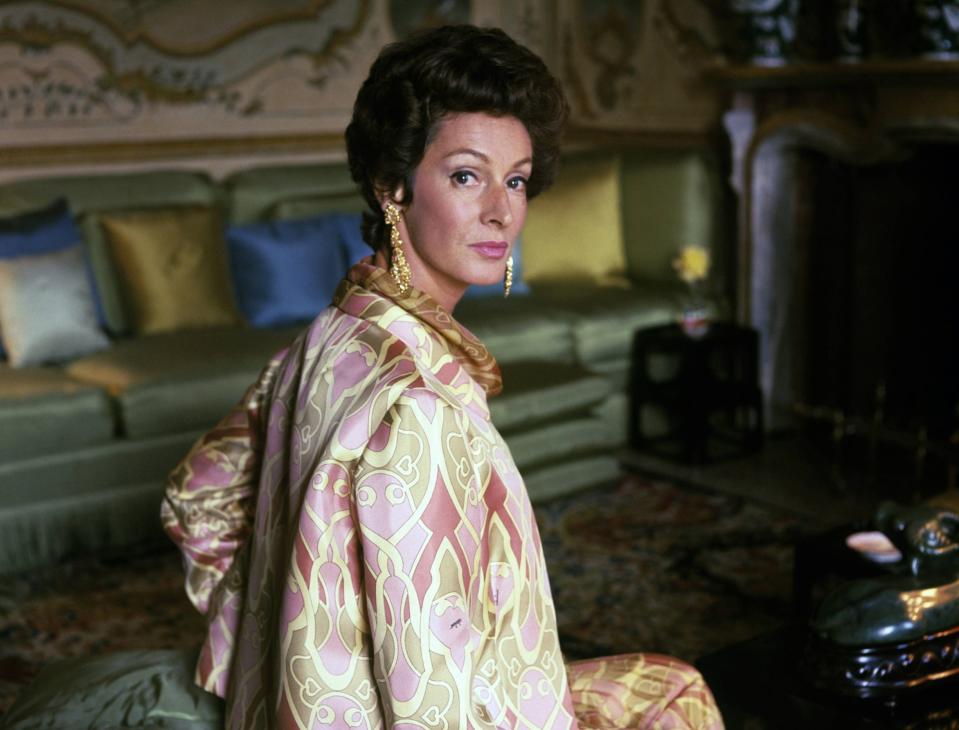
Probably the most discreet member of the group was CZ Guest, a model and muse to the likes of Slim Aarons, Andy Warhol and Salvador Dali. In Feud, she’s played by Chloë Sevigny. Born into an investment banking family in Boston, she enjoyed wealth from an early age, with her “coming out” ball at 17 decked out to look like the streets of Paris.
Her style was quintessentially WASPish and practical, choosing jodhpurs and white shirts over ball gowns, and has undoubtedly been a huge inspiration on classic American designers like Ralph Lauren and Michael Kors. Her discretion meant she was not so obviously targeted in Capote’s missive, as she had not given him anywhere near as much fodder.
So, why did Capote anoint these women, rather than any of his other famous friends? It was all down to his writerly fascination with origin stories – and an obsession with casting them as modern-day Anna Kareninas or Madame Bovarys.
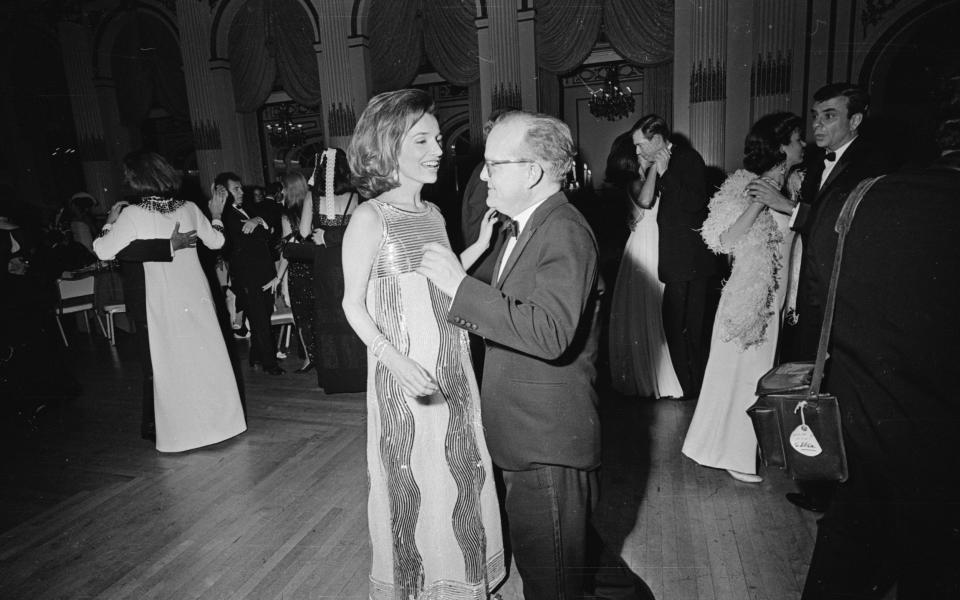
“Capote saw the Swans as these great, tragic, self-invented heroines,” explains Kelleigh Greenberg-Jephcott, the author of Swan Song, a novel about Capote and his coterie of female friends. “I think it’s so interesting that Capote chose those six women in particular – he was friends with Marilyn Monroe, Audrey Hepburn and Lauren Bacall – but he chose these women. It was an era when you were seen for your social associations and how well you married, yet they were incredibly talented in their own fields. They were the tastemakers and the ‘It’ girls of the time.”
Perhaps this is why their style has ultimately endured, particularly in a time when “quiet luxury” dominates social media. And despite Capote’s attempts to spread gossip about them, their elegance and tight-lipped approach in response has made them legendary, with their reputations emerging from Answered Prayers untarnished. The same cannot be said for him.

